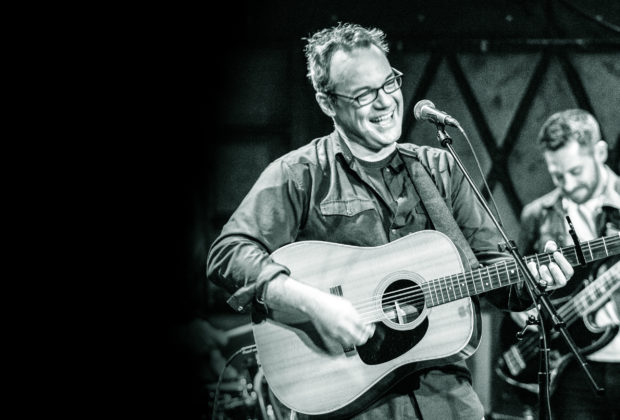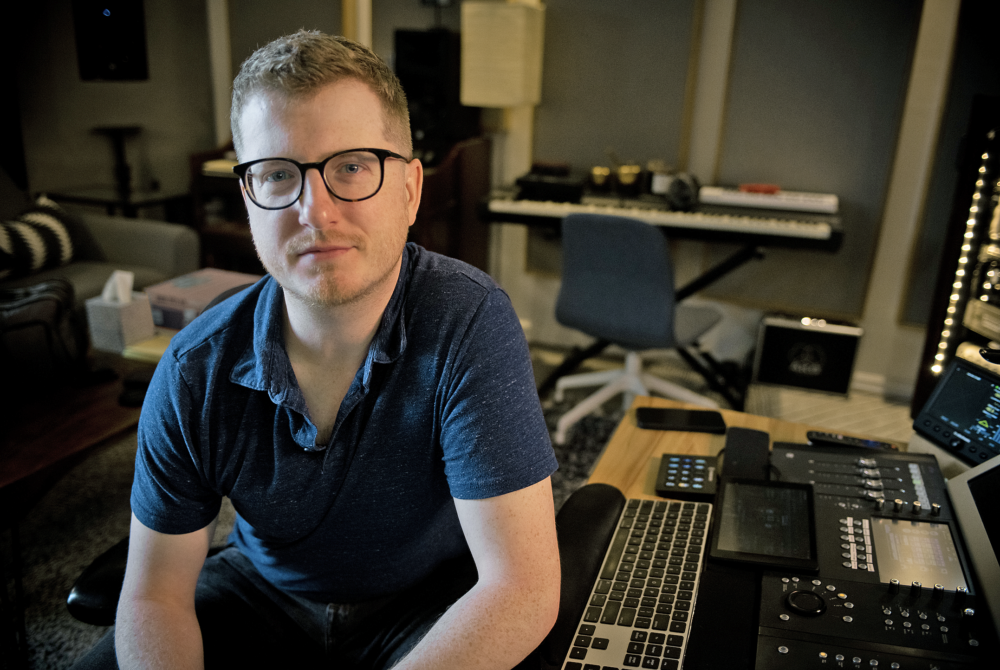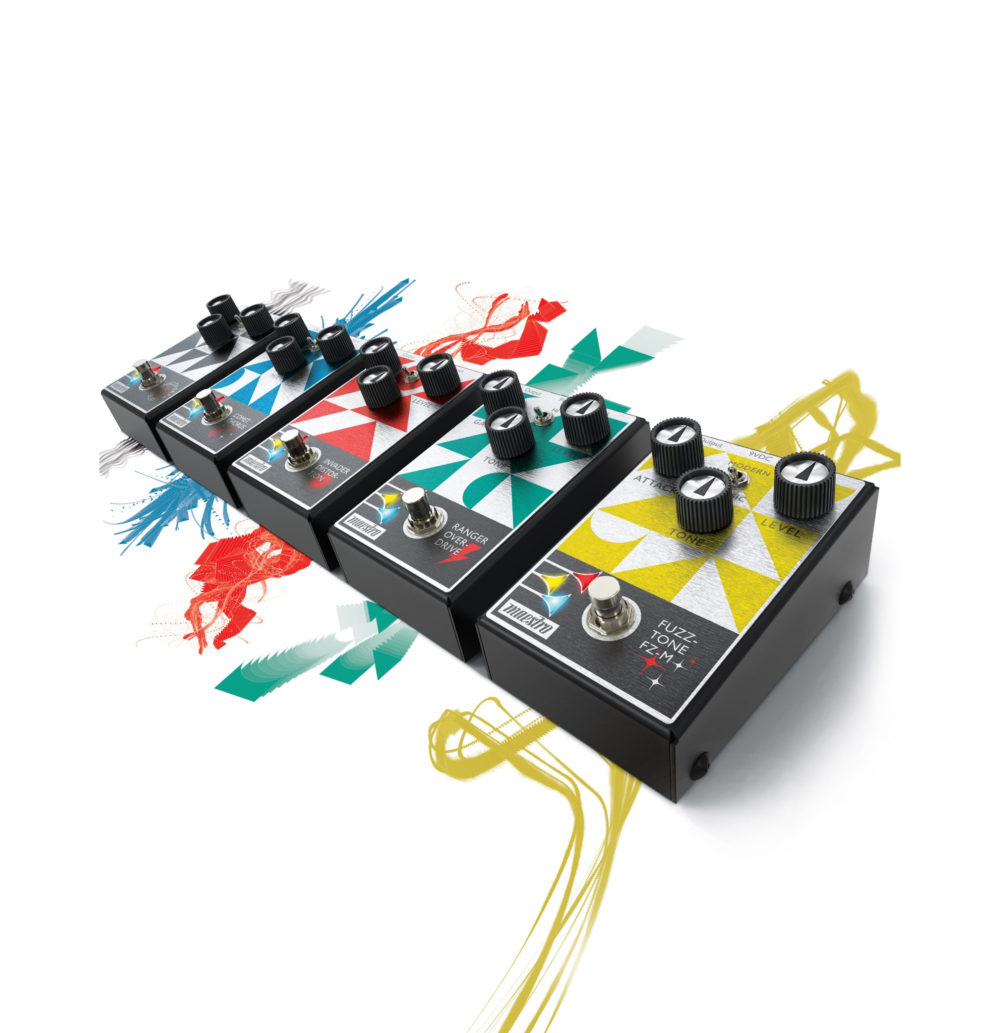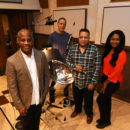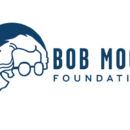*Excerpted from Music, Lyrics, and Life: A Field Guide for the Advancing Songwriter, available everywhere, including: Bandcamp (signed copies) | Bookshop | Books Are Magic | Amazon
Sooner or later, the songwriter has an inescapable question to ask: Is it done?
I think the answer is related to how we know when a party’s over: It’s when we’ve seen everyone we’d hoped to see; when the food’s gone and the good bottles are empty; when the talk starts getting both louder and dumber; when we become aware that we’re guests; and when spidey sense tells us that we’re sticking around for selfish reasons.
We learn through experience, whether it’s going to lots of parties or finishing lots of songs. We get better at both. Here are some clues that your songwriting instincts are sharpening. (You’re on your own with the parties.)
1. No itches, no disclaimers. There’s a joy—and a power—in feeling like you don’t have to set a song up or adjust the expectations of the listener. If you’ve ever prefaced a song by saying, “I’m not sure I like the verses,” or “I wrote this in like five minutes,” or “The bridge is just kind of a ‘placeholder,’” you know what I mean. These (real) examples from my classes are just the short ones. Some disclaimers last longer than the actual song.
Tip: Disclaimers don’t work. They don’t absolve us from what we’ve created. The chorus melody doesn’t change. The tuning doesn’t improve. The wrong notes don’t make themselves right. The crooked is not made straight. Only revision can do that.
Tip: Disclaimers are a to-do list disguised as a plea for leniency. They are a catalog of the itches you still have left to scratch. They instruct you on how to tweak your prototype. Work toward the day when you can put a song on for someone and just be…quiet. That’s “finished” energy.
2. Hydroplaning. Toward the end of every semester, revised songs begin to deliver—and lighten—like boats that get up to speed and begin skimming the waves instead of plowing through them. In these moments, I forget what I’m supposed to be doing, which is teaching, and just start listening. It stops being songwriting class, and the song stops being music; it becomes a transporting experience. It’s not “the perfect song” that does it, either—it’s the one that feels connected to the artist’s intent.
3. The mix is deliberate. People who are not confident in a song find a thousand ways to overcompensate elsewhere. They pull the lead vocal back and wash the whole track in reverb and synths and ambience and everything but the song. For some, an unfocused mix is an aesthetic choice, sure. For others, the lyrics are just impressions and are not intended to be ruminated on or even understood. But I’ve found that the majority of songs that try to bury themselves inside themselves do so because they are not yet confident in what they are.
Conversely, nothing is more exciting than when a revision comes back into class and the lead vocal has been nudged up in the mix; the choices, even if murky, are intentionally so. Everything becomes stronger and more confident, including the singer, who’s now actually saying something they believe in, and the writer, who lives outside the song, presenting a polished, focused thought. 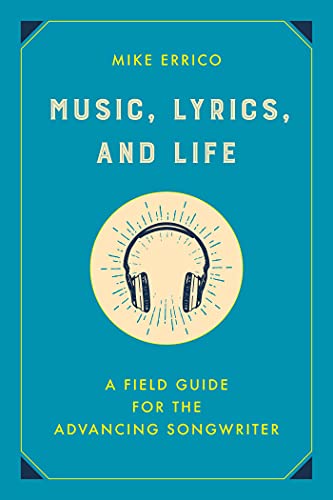
4. The writer disappears. “I believe it was John Cage who told me, ‘When you start working, everybody is in your studio—the past, your friends, enemies, the art world, and above all, your own ideas—all are there. But as you continue painting, they start leaving, one by one, and you are left completely alone. Then, if you are lucky, even you leave.’”
When a song leaves the listener with their own reflection, and not the writer’s, it feels attached to something larger than where it came from. The song doesn’t feel like it came from anyone; it feels like it’s been here all along.
5. Time and space bend. Some songs have the ability to loosen the logic constraints they’re under. We think, “How could that have been only two minutes and 45 seconds? I was a million miles away.” Or “How does that song feel so massive? It’s just piano and voice.” After a while, what seems like a weird quirk of the art form starts becoming an indicator that the art is working.
The premise of Mark Danielewski’s novel House of Leaves is that a family’s house, when measured, is somehow bigger on the inside than it is on the outside. Improbable for an architect, a screw-up for a surveyor, but it’s actually what a songwriter shoots for. In music, the impossible happens all the time.
6. You wind up back at the beginning. This is the moment we stop asking if our bridge is too short or long and instead start wondering if we’ve done our listeners the service we are entrusted with.
Did we say what we came to say? If the answer to that is, “yes,” well, then. The party’s over, and the song has begun.
MIKE ERRICO is a recording artist, author, and songwriting professor at Yale, the New School, and NYU’s Clive Davis Institute of Recorded Music. Music, Lyrics, and Life, his first book, is available at: Bandcamp (signed copies) | Bookshop | Books Are Magic | Amazon

